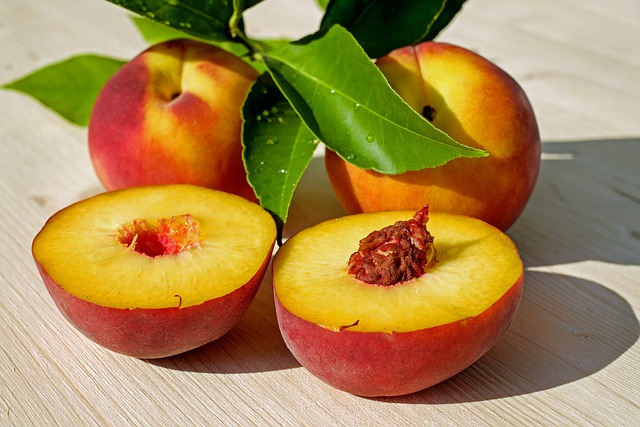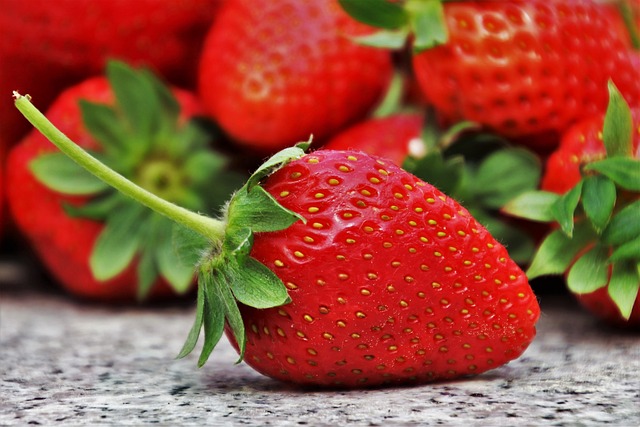Do You Know the Difference Between Prebiotics and Probiotics?
When it comes to gut health, probiotics and prebiotics are two terms often used interchangeably. However, they are not the same thing. In this article, we will explore the differences between prebiotics and probiotics, their benefits, and sources.
What are Prebiotics?
Prebiotics are non-digestible fiber compounds that promote the growth and activity of beneficial bacteria in the gut. They essentially act as food for these bacteria. The most common type of prebiotics is oligosaccharides, which are naturally found in foods like onions, garlic, bananas, and chicory root.
Prebiotics are not affected by heat, acid, or digestive enzymes, so they can reach the large intestine intact and serve as fuel for the gut bacteria. They help to increase the number of beneficial bacteria in the gut, such as Bifidobacteria and Lactobacilli, which produce short-chain fatty acids that have anti-inflammatory effects and help to maintain the integrity of the gut lining.
Other benefits of prebiotics include improved digestion, enhanced absorption of minerals like calcium and magnesium, and a stronger immune system. Prebiotics have also been shown to reduce the risk of chronic diseases such as type 2 diabetes, heart disease, and obesity.
What are Probiotics?
Probiotics, on the other hand, are live microorganisms that provide health benefits when consumed in adequate amounts. They are often referred to as “good” bacteria or “friendly” bacteria. Probiotics can be found in certain foods, like yogurt, kefir, and sauerkraut, or taken as supplements.
The most common types of probiotics are Lactobacillus and Bifidobacterium. They help to restore the balance of bacteria in the gut and improve digestive health. Probiotics have also been shown to boost the immune system, reduce inflammation, and alleviate irritable bowel syndrome (IBS) symptoms.
Probiotics can be killed by heat, acid, or digestive enzymes, so they have to be ingested in sufficient numbers to have an effect. The recommended daily dose of probiotics ranges from 1-10 billion colony forming units (CFUs), depending on the strain and the condition being treated.
What is the Difference Between Prebiotics and Probiotics?
The main difference between prebiotics and probiotics is that prebiotics are non-living, non-digestible fiber compounds that serve as food for beneficial bacteria, while probiotics are living organisms that provide health benefits when consumed in adequate amounts.
Prebiotics help to increase the number of beneficial bacteria in the gut, while probiotics help to restore the balance of bacteria in the gut. Both prebiotics and probiotics are important for gut health and overall well-being.
Sources of Prebiotics and Probiotics
Prebiotics are naturally found in a variety of foods, including:
- Asparagus
- Garlic
- Onions
- Bananas
- Chicory root
- Jerusalem artichoke
- Leeks
Probiotics can be found in fermented foods, such as:
- Yogurt
- Kefir
- Sauerkraut
- Kimchi
- Miso
- Tempeh
Probiotics are also available in supplement form, which can provide higher doses and specific strains of beneficial bacteria.
Conclusion
Prebiotics and probiotics play important roles in gut health and overall well-being. Prebiotics act as food for beneficial bacteria, while probiotics restore the balance of bacteria in the gut. Both can be found in certain foods or taken as supplements. By incorporating prebiotic- and probiotic-rich foods into your diet, it’s possible to promote a healthy gut and improve digestive health.







